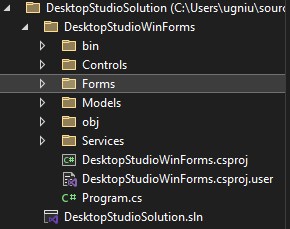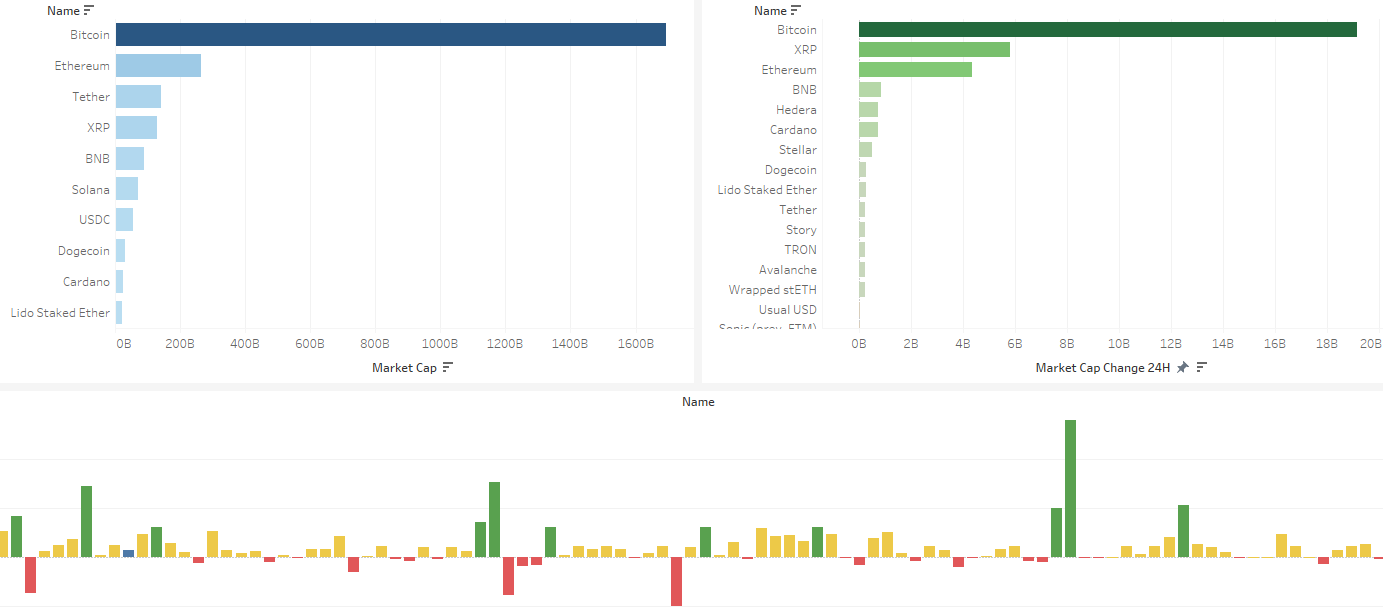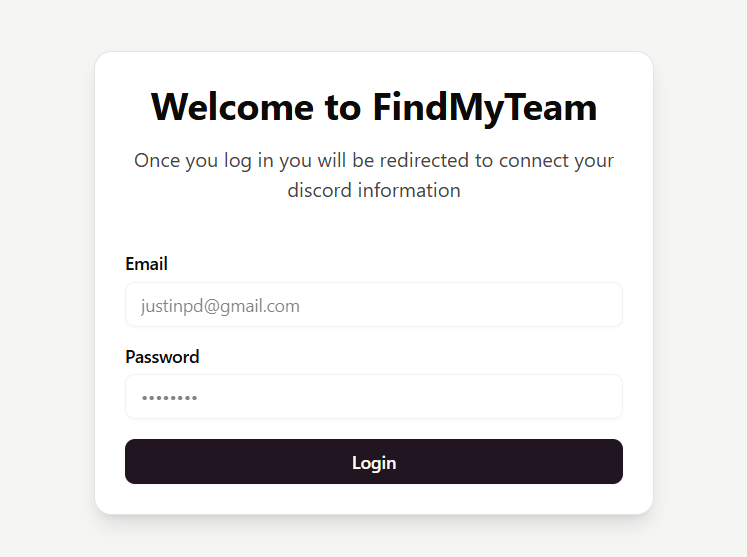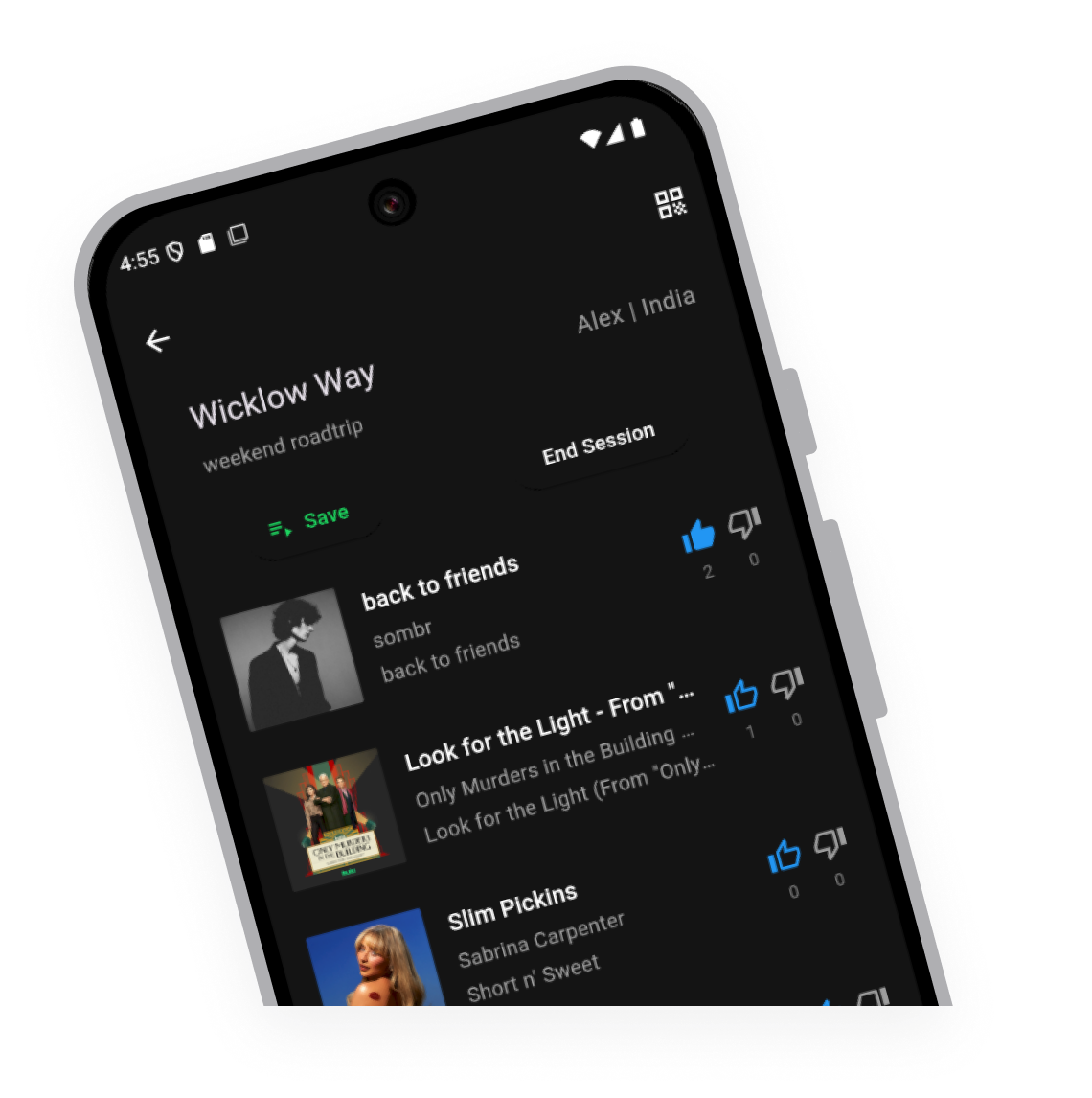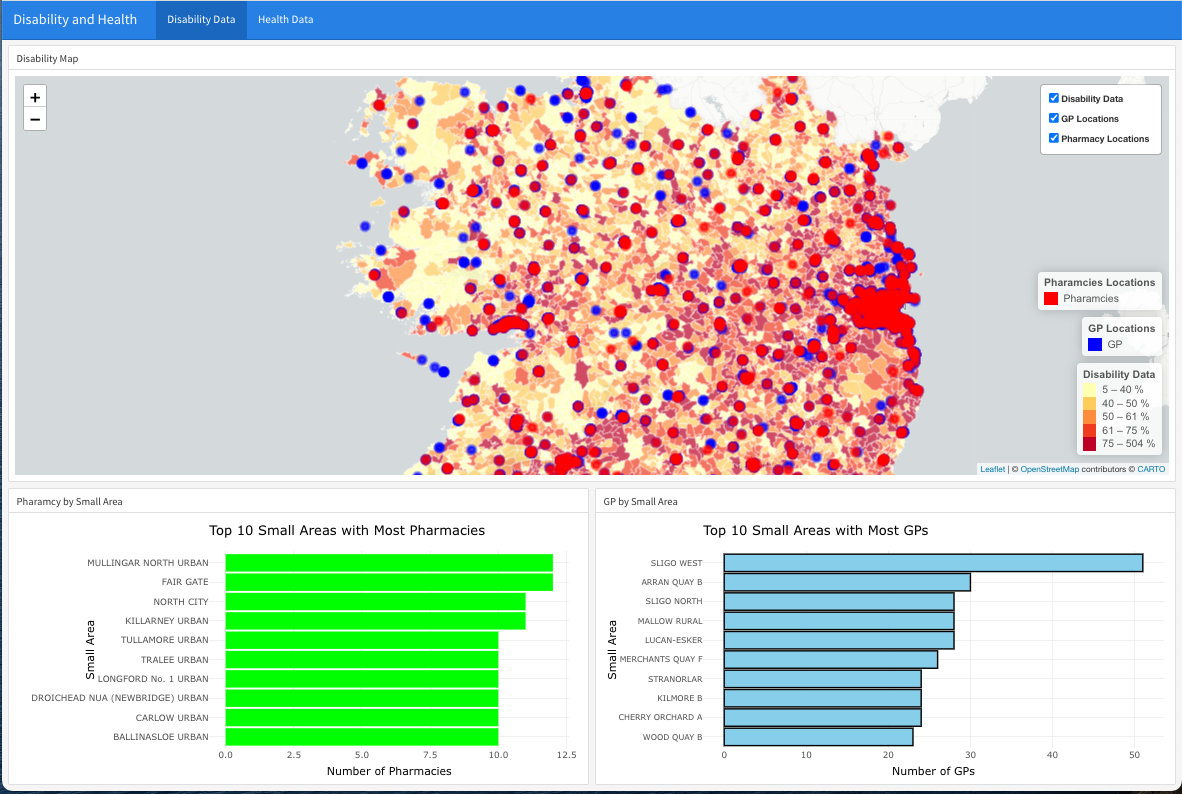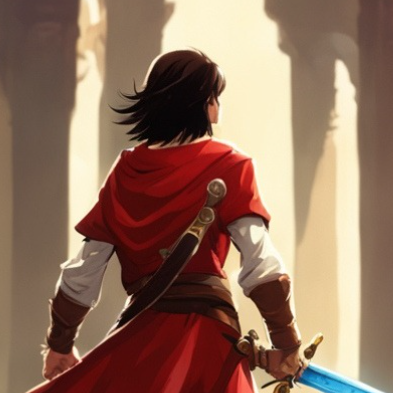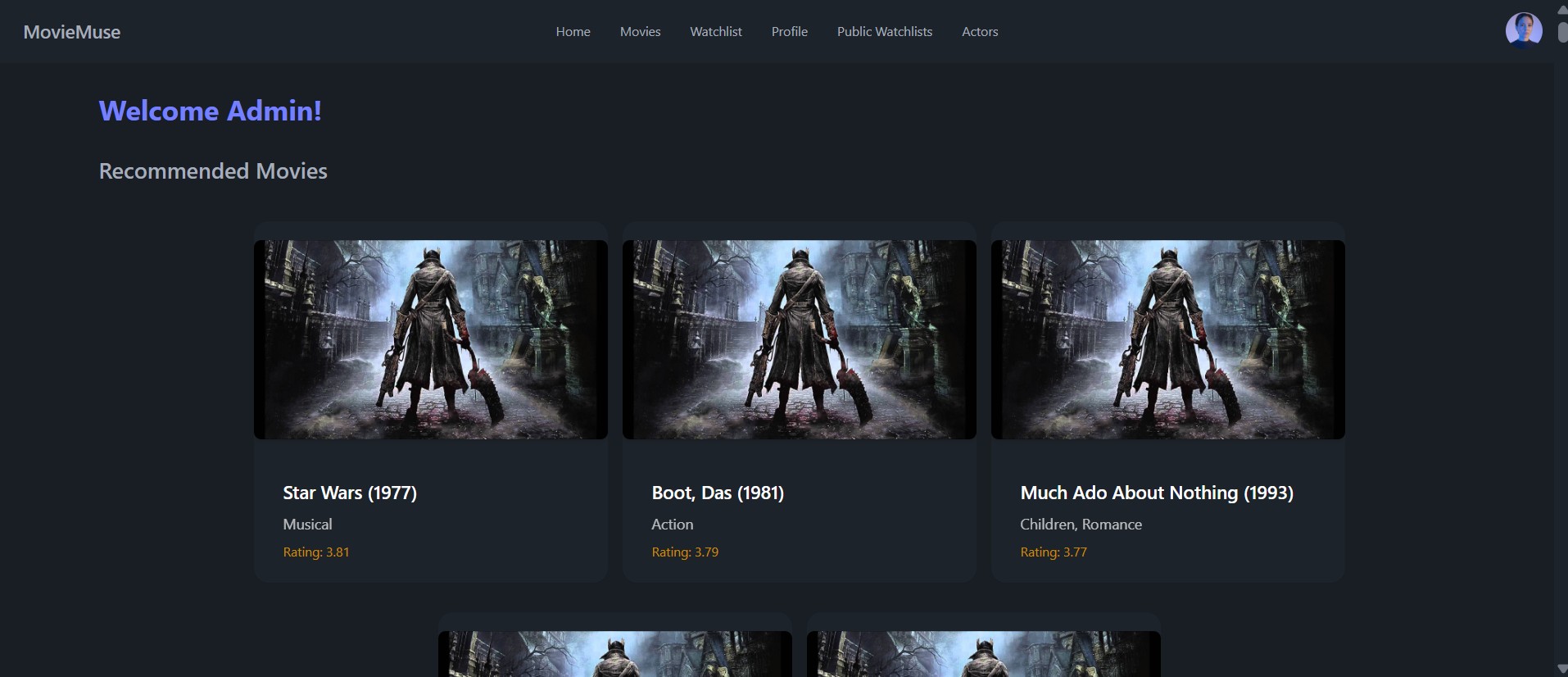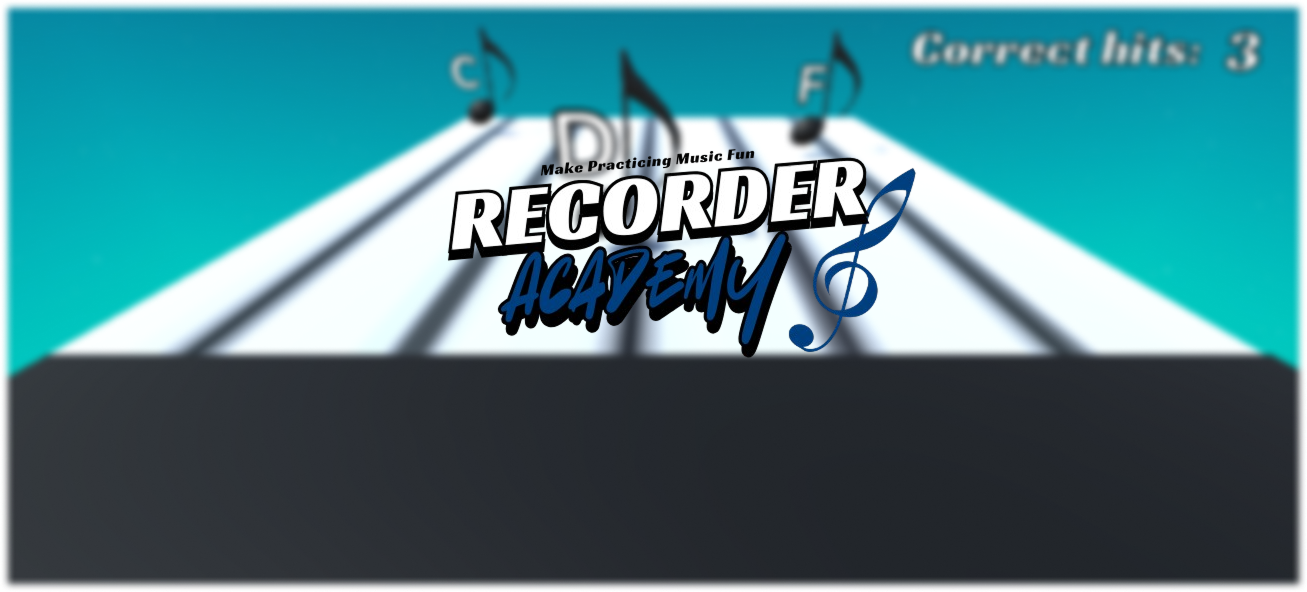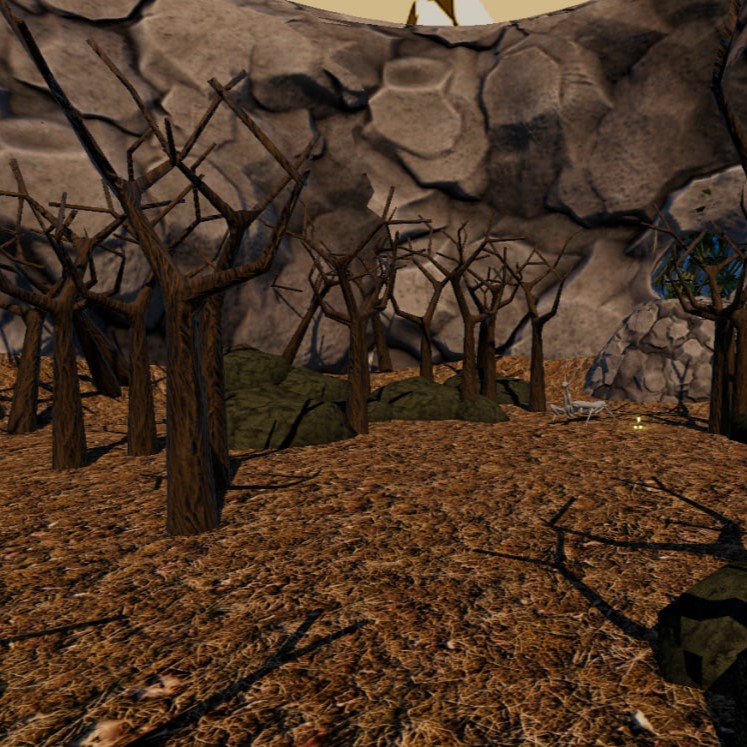
Samuel Downey
Dungeon Scribbles is a Top-Down, 2D, Rogue-like video game built in the Unity Engine, featuring a dynamic map system that makes every run feel fresh and unpredictable. With scaling difficulty and procedurally generated rooms, players must adapt and strategize as they fight their way through an ever-changing dungeon. Designed to challenge and engage, Dungeon Scribbles combines fast-paced gameplay with replayable depth.
The primary objective of Dungeon Scribbles was to explore and implement procedural generation and pathfinding algorithms within the context of game development. The project aimed to study how procedural techniques can be used to create dynamic, replayable environments, and how pathfinding systems can simulate basic enemy AI in a 2D space. Alongside these technical goals, the project also focused on delivering engaging gameplay with responsive controls, fluid movement, and a satisfying combat system. The intention was to merge algorithmic systems with creative design to produce a fun and replayable prototype that could serve as both a learning tool and a showcase of game development skills.
Dungeon Scribbles successfully met its core objectives, resulting in a functional and engaging 2D roguelike prototype that demonstrates the practical application of procedural generation and pathfinding algorithms in a game development context. The procedural map system generates varied and interconnected dungeon layouts, while the enemy pathfinding provides a solid foundation for future AI improvements. Gameplay systems such as movement, combat, and controls were developed with a focus on responsiveness and player experience, contributing to a fun and replayable game loop.
User testing played a vital role in shaping the final prototype. Feedback from both industry professionals and the general public was overwhelmingly positive, providing valuable insights into the game’s strengths and areas for future expansion. Suggestions around difficulty balance, visual clarity, and additional features have offered clear direction for ongoing development. Overall, the project has provided a strong portfolio piece and a solid technical base for continued growth.
This thesis documents the development of Dungeon Scribbles, a top-down 2D roguelike video game created in Unity. The project emphasizes the design and implementation of procedural generation and pathfinding systems as core components of gameplay. Procedural generation was used to dynamically build interconnected dungeon rooms, ensuring each playthrough presents new challenges and layouts. A weighted A* pathfinding system was developed to support enemy navigation through these randomly generated environments, balancing complexity with performance.
The project followed a research-led design process, with early planning and prototyping focused on building a scalable, modular codebase. Game systems such as movement, combat, health, and animation were designed in isolation to enable efficient testing and iteration. Miro boards, agile sprint tracking, and kanban methods were used to manage development milestones and maintain clear documentation.
Playtesting and user feedback informed refinements to difficulty scaling and room logic, helping shape a more engaging player experience. The final product is a stable and replayable prototype that meets its design goals while offering a strong foundation for future expansion. Throughout the project, key skills in Unity, C#, and game architecture were deepened, and the process highlighted the value of structured planning, technical focus, and creative iteration in independent game development.

Hi, I'm Sam. I'm a Creative Computing Graduate with a passion for Game Development. I have experience in many fields such as Full Stack Web Development, Unity / C#, Database Management, and IOT (Internet-Of-Things). I enjoy solving problems and thrive in creative and fast paced environments where I can continue learning and building innovative digital solutions.


